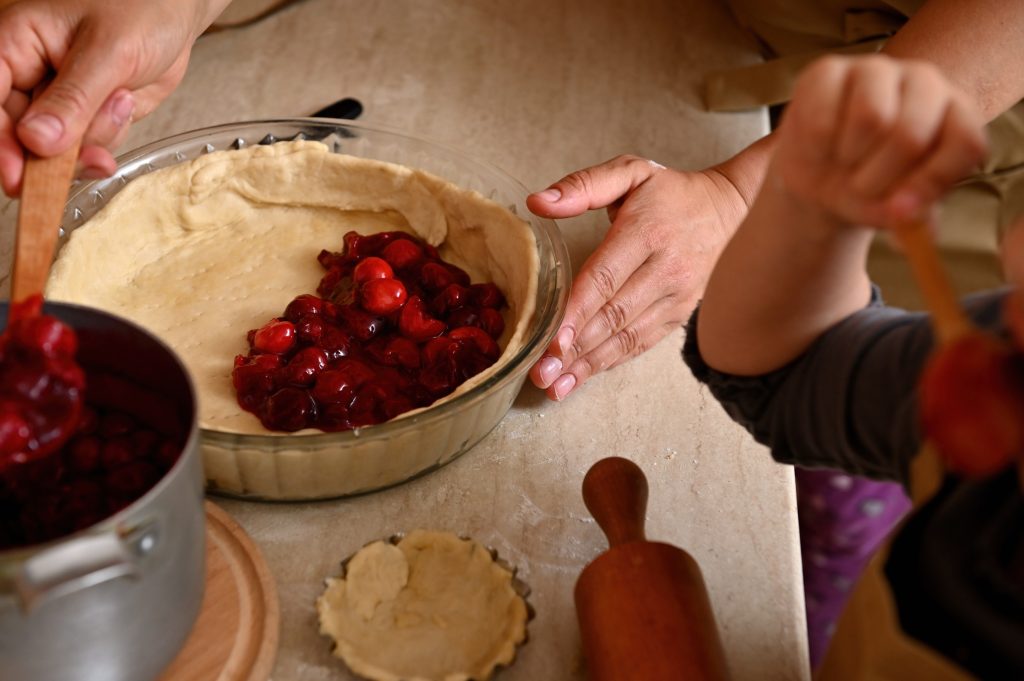
www.optimistdaily.com
Baking a pie this fall? Don’t make these 5 classic crust mistakes
BY THE OPTIMIST DAILY EDITORIAL TEAM
As the air turns crisp and the calendar inches toward Thanksgiving, there are few kitchen victories more satisfying than a golden, flaky pie crust. Whether you’re dreaming of a spiced apple lattice or a savory pot pie, your crust is the foundation of it all. But even seasoned home bakers can slip up with a few easily avoidable errors. Pie perfection isn’t about fancy equipment or years of pastry school; it’s about understanding the basics and showing your dough a little respect. Here’s what the experts say you should absolutely not do.
Preheating isn’t optional
If your oven’s still warming up when your pie goes in, you’re already off to a rough start. “High temperatures are important for making pie crust: think 375 to 400 degrees Fahrenheit,” says Candace Foster, pastry chef at Bayonet in Birmingham, Alabama. A properly hot oven seals the exterior of the crust quickly, helping it hold its shape and preventing shrinkage. It’s the same principle behind crisp, golden biscuits or scones: heat locks in structure.
Cold ingredients are your secret weapon
You want your oven blazing, but your ingredients? Ice cold. That includes butter, water, and even your mixing bowl if you’re being extra cautious. Executive pastry chef Michael Galindo of Indaco in Greenville, South Carolina recommends grating frozen butter into your flour or freezing pre-cut chunks. “You’ll want to use ice water, too—the colder the better. Fill up a pitcher with ice and water and put it in the freezer until it’s time to add it to the dough,” he advises.
Add liquid like a pro
Once your butter and flour have formed that signature sandy texture, resist the urge to splash in all your water at once. According to Joanne Gallagher, recipe developer and co-founder of Inspired Taste, “Add your liquid a tablespoon at a time. Too much or too little can throw off the balance, so mix gently and keep an eye on the texture.”
You’re aiming for dough that feels cool, pliable, and holds together without being wet or crumbly.
Don’t knead it like bread
If you’ve ever handled pizza or bread dough, you might be tempted to apply the same elbow grease here. Don’t. “The biggest mistake people make with pie crust is overworking the dough,” says Kelly Jacques, co-owner of Ayu Bakehouse in New Orleans. Visible specks of butter? That’s a good thing. “They will lead to flakiness. The rolling and shaping process is what works the butter in.”
Foster adds, “You want your pie dough to be the opposite of stretchy and chewy. It should be short, crisp, and crumbly or flaky.”
Cool now, thank yourself later
Great pie dough takes time. No, not because it’s complicated, but because it needs to chill. Literally. “The dough should be very cold, like butter straight from the fridge,” says Foster. This rapid cold-to-hot transition in the oven creates steam pockets in the dough, which puff into those coveted flaky layers. If your dough is too soft going in, your crust will fall flat, both visually and texturally.
And when the baking’s done, patience still matters. Ron Silver, chef and owner of Bubby’s in Tribeca, recommends letting your pie cool for at least four hours before slicing in. That wait ensures your filling sets properly and your crust stays intact.
Final thoughts
With a few tweaks in timing, temperature, and technique, pie dough doesn’t have to be intimidating. It just has to be respected. This fall, skip the store-bought shortcuts and let your crust do the talking.The post Baking a pie this fall? Don’t make these 5 classic crust mistakes first appeared on The Optimist Daily: Making Solutions the News.










